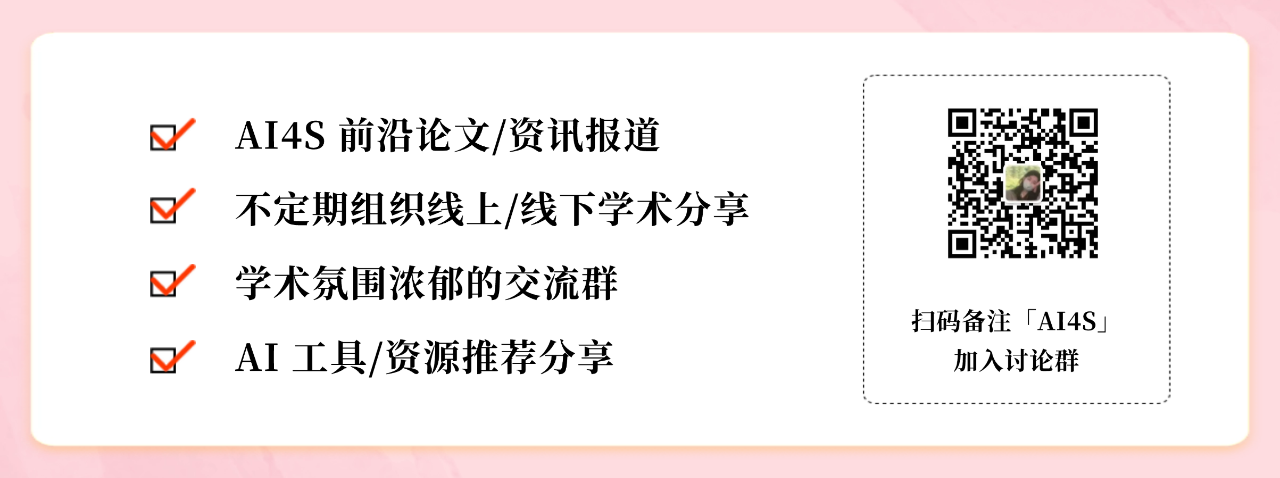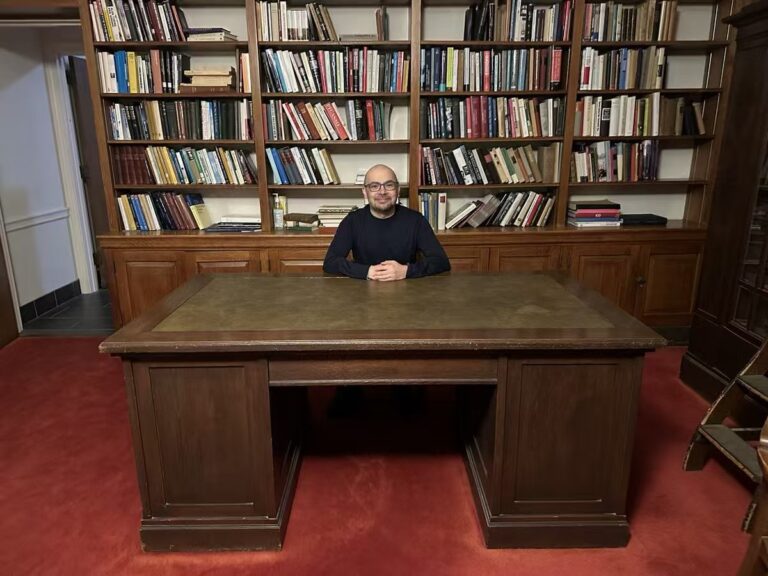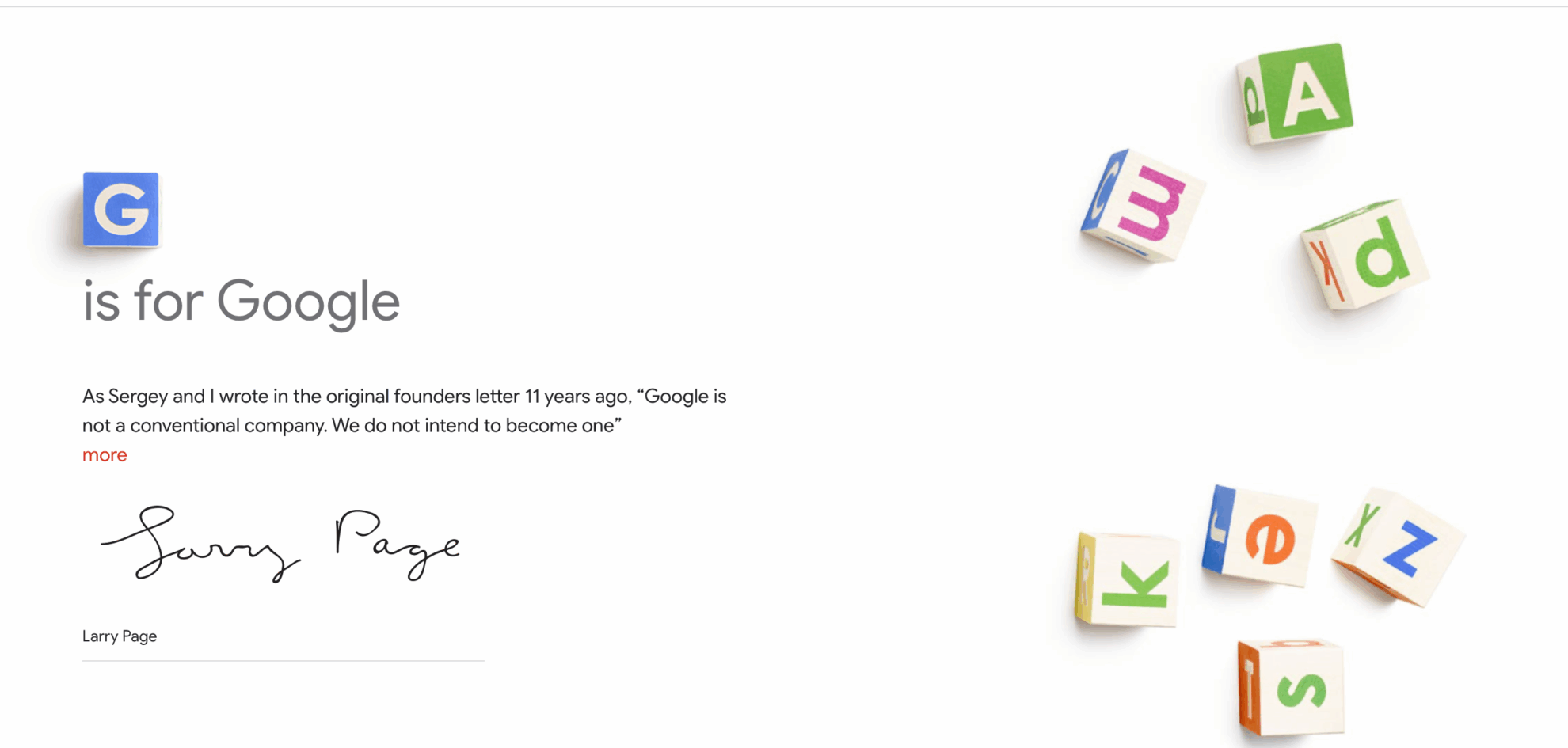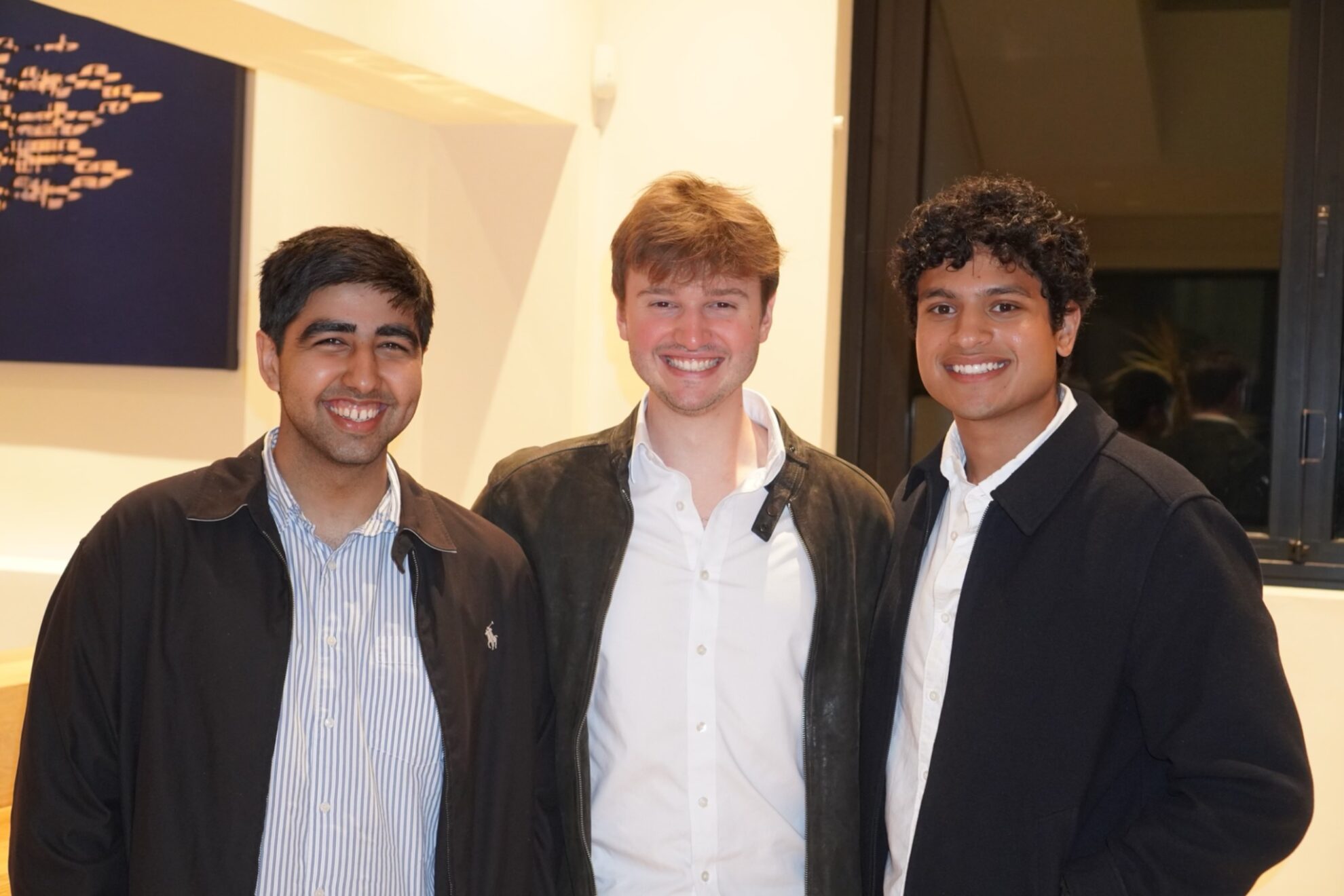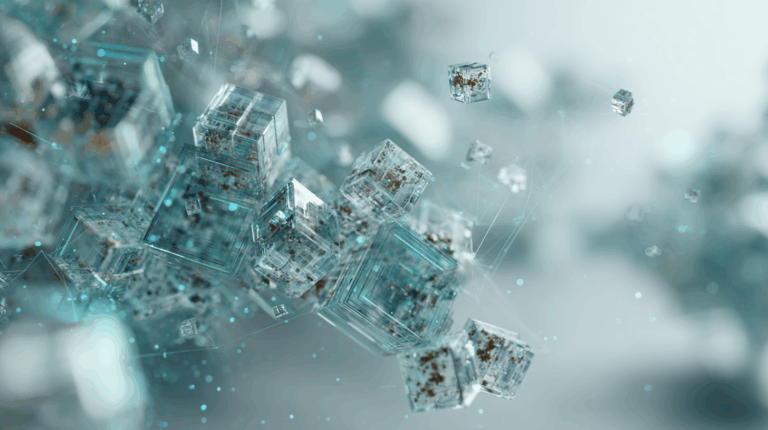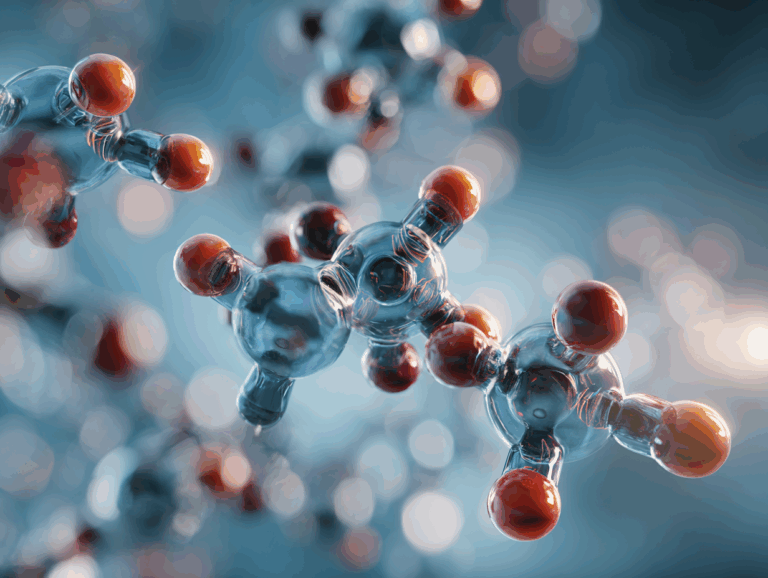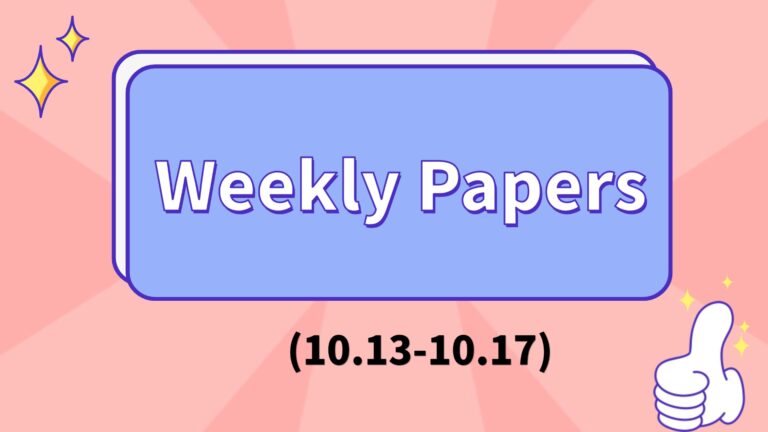High-fidelity Data of Oracle Bones Returned to China, AI Helped Interpret Ancient Texts, and New Images of Oracle Bones Were Discovered
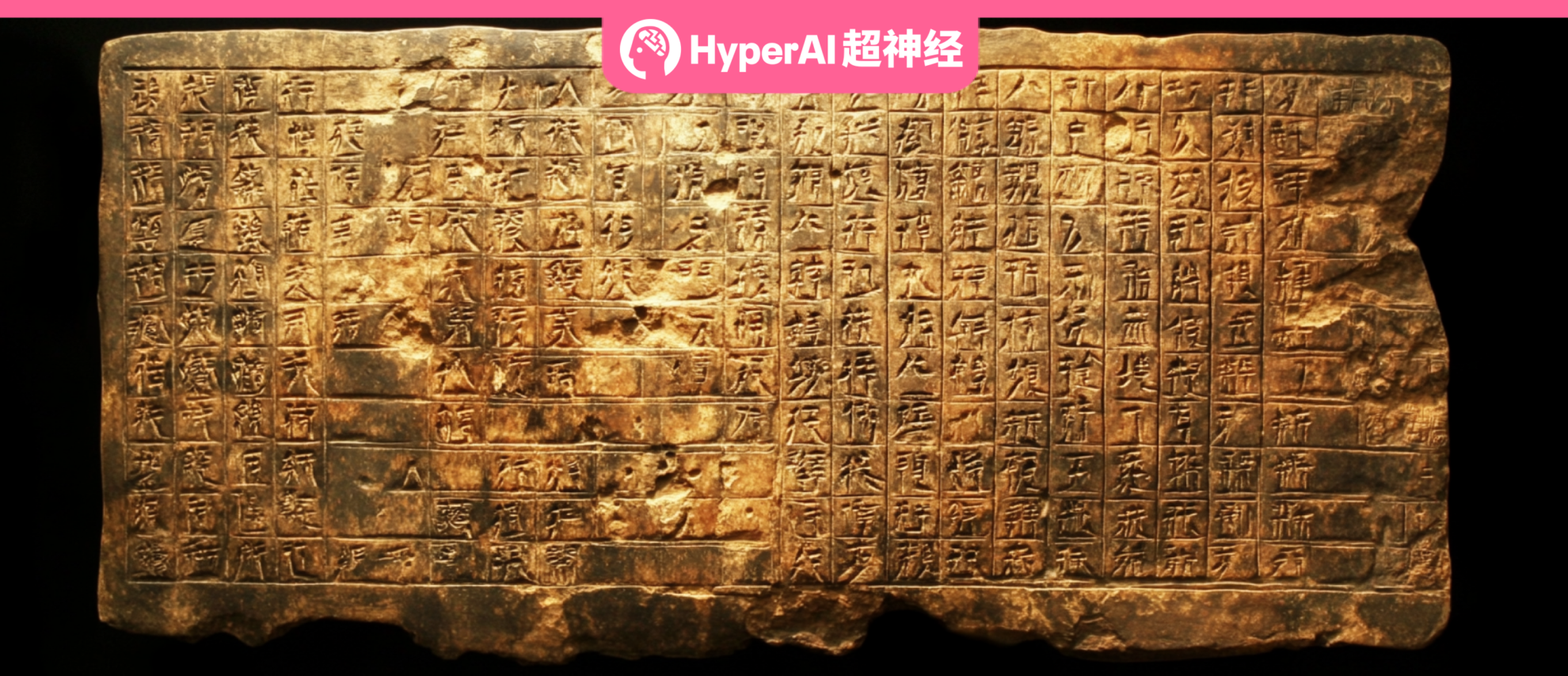
"Next year we will go to France to bring the oracle bones home." In late December 2024, researchers from the Key Laboratory of Oracle Bone Information Processing of the Ministry of Education at Anyang Normal University traveled to France and signed a cooperation agreement with four oracle bone collection institutions including the National Library of France. They will "bring home" the oracle bone cultural heritage that has been away from its homeland for a long time in digital form.
August 5, 2024The "Global Oracle Digital Return Project" has officially started.Laboratory director Liu Yongge led team members Zhang Zhan, Li Bang, Guo An, and Gong Mufan to fly to South Korea and brought back high-fidelity data of seven oracle bones on August 13.This is also the first time that my country's oracle bone cultural heritage that was lost overseas has returned to its homeland in digital form.
In June 2024, Director Liu Yongge, together with researchers from Huazhong University of Science and Technology, University of Adelaide, and South China University of Technology, used an image-based generative model to train a conditional diffusion model, Oracle Bone Script Decipher (OBSD), optimized for oracle bone script deciphering.The research results were not only selected for ACL 2024, but also successfully won the best paper award.
Previously, the laboratory also created an oracle bone script big data platform called "Yin Qi Wen Yuan" which integrates the oracle bone script document library, catalog library, and character library, and opened it to the world.This is the most complete, standardized and authoritative oracle data platform in the world.Its opening marks the entry of oracle bone research into the intelligent era.
Indeed, in recent years, AI has gradually been applied more deeply in the field of ancient Chinese literature research. While accelerating the work efficiency of researchers, it has even become a "master hand" in uncovering the mysteries of history.
The interpretation of ancient texts is worth a thousand words
In 2016, the Chinese Character Museum issued a reward announcement: the research results of deciphering the uninterpreted oracle bone inscriptions and appraising them by the expert committee will be rewarded with 100,000 yuan per word. It can be said that "one word is worth a thousand gold". Although the reward is generous, only about 1,160 of the nearly 4,000 unique words in oracle bone inscriptions have been deciphered, and there are still more than 2,000 words to be explored. The work of ancient character research and interpretation is still a long way to go.
In traditional historical research, the interpretation of ancient characters is a complex process.
First, you need to perform a "calibration".That is, arranging and proofreading the duplicate pieces. Since the first discovery of oracle bone inscriptions, about 150,000 pieces of oracle bones have been unearthed. These oracle bones have been passed through different hands, leaving behind multiple rubbings. These different rubbings of the same oracle bone are called "duplicate pieces" and are important materials for interpreting oracle bone inscriptions. There are many duplicate pieces of oracle bones, and their quality varies. They are mainly proofread by researchers with their naked eyes, which is highly dependent on experience and time-consuming and laborious.
The second step is the formal interpretation.The first step is to observe and analyze the ancient characters in detail, and identify their strokes and structures. Then, based on the characteristics of the characters, combined with background knowledge of ancient culture, customs, and religion, the original meaning of each character is inferred. In the process of interpretation, the ancient characters are placed in the specific historical context and phonological system in which they appeared, and their meaning and usage at the time are analyzed. At the same time, they are compared with cognates in modern Chinese or other ancient languages to determine their semantic evolution and etymological relationship. This requires scholars to have a wealth of professional knowledge reserves, like detectives, unraveling the mystery and drawing inferences from one instance to another.
Fortunately, AI can help us on this journey where every word counts.
The work of re-calibration requires comparing and processing massive amounts of data and extracting useful information from them, which is exactly what AI is good at. In 2022, Microsoft Research Asia (MRSA) conducted aResearcher Wu Zhirong trained a self-supervised learning deep neural network algorithm - Oracle Revision Assistant Diviner.After inputting 180,000 digital rubbings into Diviner, it not only provided a more complete and clearer batch of oracle bone images, but also many surprising new discoveries:
Heavy and different new image
As shown in the following figure, the left side is an earlier oracle bone rubbing that is not complete. The right side is a later rubbing, with only a part of the oracle bone remaining. Although it is complete, it is still incomplete. By overlapping the two rubbings, a more complete image of the oracle bone is obtained, especially the complete display of the oracle bone text in the upper right part, which directly provides new material for oracle bone research.
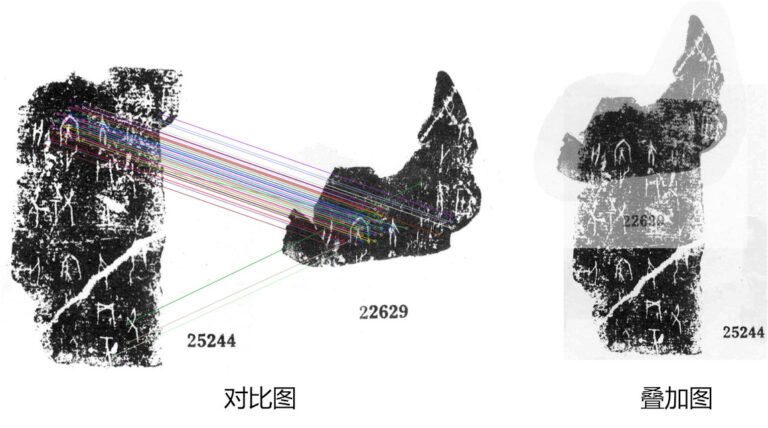
New images with substance
Some oracle bones have text on both sides, but sometimes only one side has a rubbing. For example, Mr. Ma Baochun once found that the two reverse rubbings can be spliced together. But the front image of one of them has never been found. Diviner proofread and found the following complete rubbing of the front and back of the oracle bone, and the image restored by splicing the front side was finally presented.
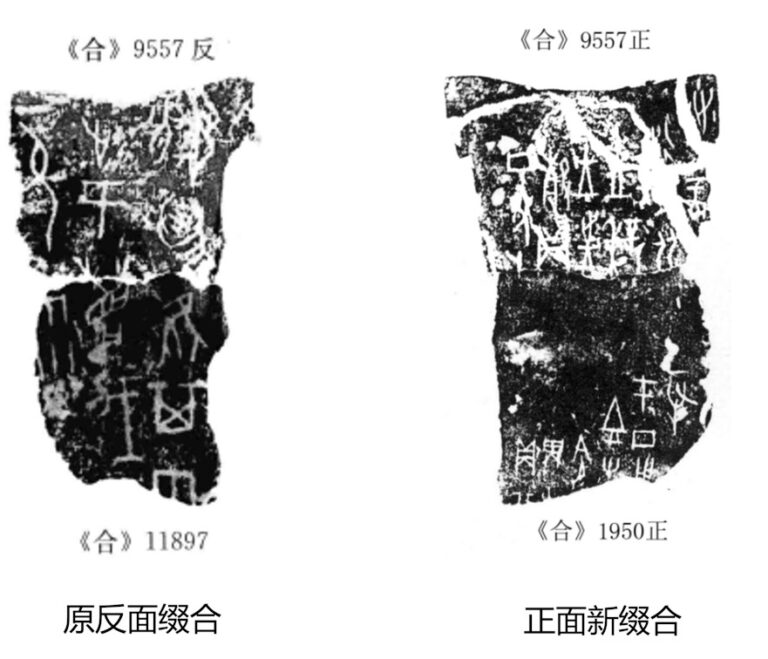
From re-filming to conjugation
The image on the left shows two pieces of oracle bones that were stitched together by Zhang Yuwei in the past. Through Diviner's proofreading, it was discovered that the lower rubbing had a more complete piece. In this way, the stitching of two pieces of oracle bones was expanded to three pieces of oracle bones.
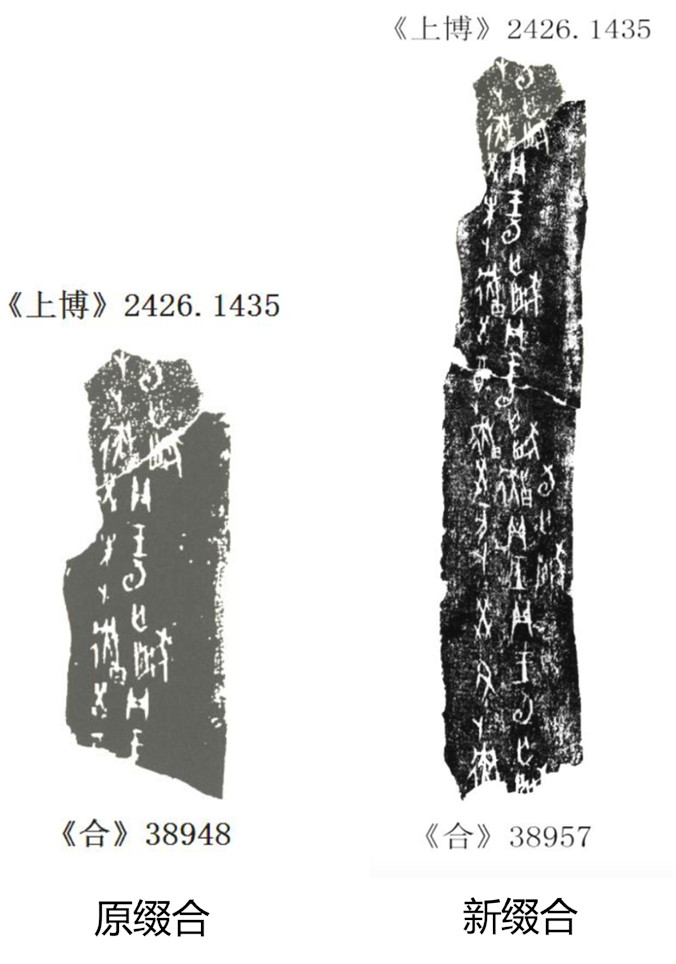
From blur to clarity
Since some oracle bone rubbings are of low quality, the characters on them are difficult to read, which has caused a lot of trouble for oracle bone scholars. As shown in the figure below, the characters on the blurred rubbings are difficult to read. It was not until the clear re-rubbings were found that many of the previous doubts were solved.

The interpretation of oracle bone inscriptions currently relies mainly on manual work by experts, but the application of AI is expected to simplify this process and make it more efficient.Tencent's "Yin Qi Wen Yuan" oracle AI collaboration platform is officially launched.
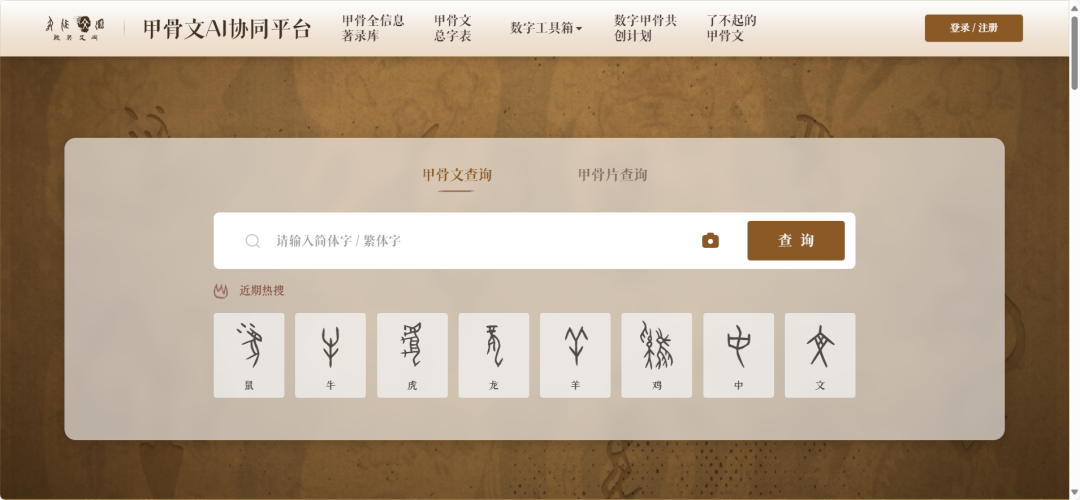
Yinqiwenyuan aims to provide mature and standardized systems and technical tools to help improve the efficiency of oracle bone research.Researchers can use the interactive oracle bone full information viewer,View and compare different digitized versions of oracle bones, including historical photos, high-resolution 3D models, digital facsimiles, and enhanced digital rubbings, side by side or stacked.
The upgraded Yinqi Wenyuan platform introduces a variety of tools that directly address the main challenges encountered in oracle bone research: visualization and text recognition. Because oracle bones are fragile and breakable, they are truly priceless treasures, and researchers usually cannot directly access them. In addition, the fact that oracle bone fragments are scattered across China and around the world makes research even more difficult.
For a long time, researchers had to compare each image, sometimes even relying on hand-drawn notes to find repeated glyphs, a time-consuming and labor-intensive process. Now, AI-assisted functions can greatly improve the efficiency and accuracy of deciphering oracle bones.In addition, using micro-trace enhancement technology, researchers were able to see the shallower marks on the oracle bones.This makes it easier for them to analyze in detail the strokes of the oracle bone script and the well-defined grooves on the back of the bones.

To facilitate searching, each oracle bone word has been indexed, so both researchers and enthusiasts can quickly find relevant academic papers and conduct further research, which greatly shortens the processing time of oracle bones.
AI helps turn stone into gold
If the work of identifying text from engravings is worth a thousand gold coins, then deciphering a "wordless book" seems to be a fairy tale of turning stone into gold.
In the Vesuvius Challenge initiated by Nat Friedman, Daniel Gross and Brent Seales, three young people joined hands with AI to uncover the mystery of the ancient scrolls (Herculaneum scrolls). This set of scrolls was buried and carbonized by a volcanic eruption in 79 AD and was not excavated until 1752. If you are not careful, the fragile scrolls will turn into fragments in minutes and cannot be unfolded by physical means.
By taking CT images of the scroll and using machine learning technology to segment and identify it, they became people who could "see" the text on the scroll without ever opening it.
Former SpaceX intern Luke Farritor trained a machine learning model on crack patterns and successfully discovered a complete word ΠΟΡΦΥΡΑϹ, which means "purple". He then formed a three-person team with Youssef and Julian.More than 2,000 characters were analyzed.The content is believed to be related to Epicurean philosophy. In two consecutive sections of this scroll, the author discusses whether and how the availability of goods (such as food) affects the pleasure they can bring.
* Epicurus was an ancient Greek philosopher who proposed the atomic theory in the field of natural science, which had an important influence on the development of ethics and psychology in later generations.
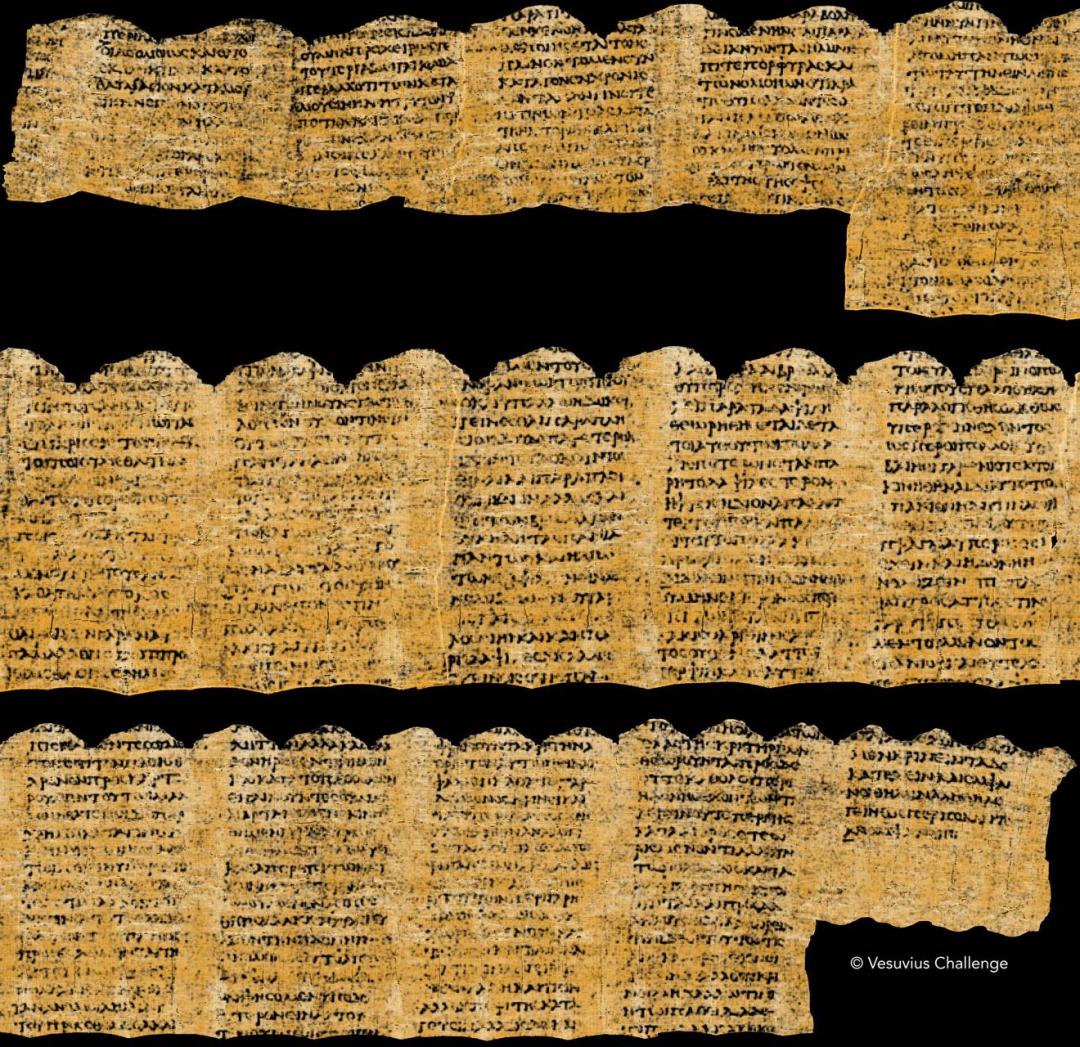
The achievement has ignited the usually slow-moving world of ancient studies, establishing a new paradigm in archaeological research that scholars believe will lead to an exponential increase in the volume of discoveries of ancient Greek and Roman poetry, drama and philosophy, some of which could completely rewrite the history of key periods in the ancient world.
Past & Future, Tech Gold Rush
AI has broad application prospects in not only the interpretation of oracle bones, but also in other aspects of history, such as predicting the location of undiscovered sites, digital restoration and reconstruction, and determining the age and origin of objects.
Researchers combined machine learning algorithms with LiDAR (Light Detection and Ranging) technology to reveal previously hidden Maya structures and settlements beneath the forest cover of Central America. In the Petén region of Guatemala, AI identified more than 60,000 previously unknown Maya structures, including pyramids, palaces, and causeways.
In addition, I believe everyone is familiar with digital cultural relics. Wen Shaoqing's team from the Institute of Archaeology and Technology of Fudan University used a capture probe specifically for ancient DNA to obtain about 1 million available gene sites from the limb bone samples of Emperor Wu of Northern Zhou, restoring key features such as hair, skin, and pupils of Emperor Wu of Northern Zhou. The head portrait of Emperor Wu of Northern Zhou, Yuwen Yong, was restored.
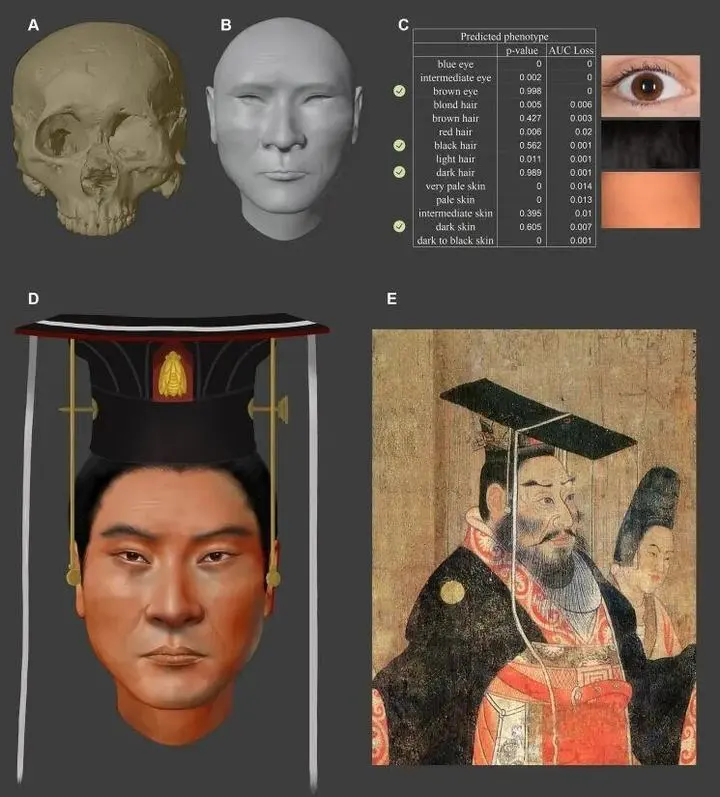
The fusion of technology and historical exploration marks a new era in historiography, in which the past and the future come together to illuminate the story of humanity. In the future, with the deeper application of emerging technologies such as AI in this field, we may be able to glimpse more mysterious and wonderful historical stories.
References:
1.https://www.anyang.gov.cn/2025/01-02/2459358.html
